|
Massage therapist and massage junkie Jennie Duck shares some of her favourite self-massage tools to use on in between the real deal massages. With AI swooping in to take over many jobs and roles I feel lucky to be confident that there is nothing that compares – or could compare – to the interpersonal connection and physical contact of a massage. The relationship with your therapist is part of this, a person you share with and ask for help – this can be a vulnerable and fairly intimate action, especially when it is followed by undressing! You place your trust in the therapist and the therapist – good ones anyway – will respond by basing their massage on the information you gave them and the feedback you give them through the treatment, from direct questions about the pressure to intuitive sensing of where you are holding tension that you are not even aware of. This relationship may be a one off or it may be one that lasts over many weeks, months and years. I have left massage sessions feeling enlivened, enthused, exhausted, delighted, excited, understood, supported, connected, soothed and sometimes pummelled 😊 Sometimes I am sore, sometimes I feel like I’m hungover the next day or two, sometimes I feel like I could run like a gazelle and sometimes like I could sleep for a week. I always get something from the session, often disproportionate to the hour that I spent having it. I learn about my body, I enjoy some rapport with some therapists and rare silence with others. I will never stop getting massages from a good therapist and I am looking forward to getting back to the privileged position of giving them next year after a long hiatus having children and relocating. In between massages I crave more and I also sometimes have to go longer periods between them when funds and/or time are tight so I have built up an array of things to see me through. I can do some self massage of course and often do on my forearms especially, but I often just wish it was someone else's hands and prefer to use tools, especially for getting into trickier to reach spots. These are my favourites (and links are just to show where I bought them, no affiliations!):
And now in getting the links from this blog I've spotted a foot massager so my birthday money might have a new purpose...that's one for next time!
Happy massaging!
0 Comments
With Karen joining us this month it felt like a good time to reflect on the range of therapies we now have on offer at WNT. It is our 10th anniversary this October – wowee 😊😊 – and over the decade we have had an alphabetic spectrum of treatments and classes from Acupuncture to Yoga with everything from Feldenkrais to Sports massage in between. So what do we have on offer now? Well, starting with massage where WNT began, we have a great range to choose from Sports and remedial massage with Tessa – Advanced booking required to see popular Tessa with her highly adept intensive treatments. She works with all sorts of athletes and desk-bound bodies to help free up stubborn tensions and encourage freer, more efficient movement. Tessa really is a master of her trade working with a range of deep tissue and trigger point techniques and using acupuncture needles in some sessions. Relaxing deep tissue massage with Erika – Erika has been in the massage business for over 20 years and her lovely strong hands work intuitively around the body, their experience meaning your body has easy confidence to relax and feel some relief. You can read Erika’s blogs and see how thoughtful, interesting and considered they are and her massage treatments are in the same vein, very nourishing. Tuina massage with Mihaly / Mike – Mihaly (also known as Mike) is a more recent addition to our team and we are so glad he joined! Mihaly has a lovely, peaceful, warm presence and his Tuina massage is very careful and intuitive. Tuina takes placed fully clothed and works along the meridians like acupuncture (which Mihaly also practises). This is a great treatment with Mihaly since he is a natural therapist and can help you work with acute and broader issues alike, often helping with lifestyle support. Philippa also practises tuina massage and tends to incorporate it into an acupuncture treatment when she feels it would benefit rather than offer it as a stand-alone treatment. And now we have another experienced pair of hands in Karen with Shiatsu. Similarly to tuina, Shiatsu works with meridians to open up stuck energy and uses stretching and pressure on points to help release and find relaxation and ease. Karen has been working in South London over the past 2 decades and her experience and skilful practice is a welcome addition to our team. And then we have a wealth of Acupuncture on offer too, which you can read more about in our blog, Acupuncture at WNT - three different approaches, who should I see? In brief, we have Philippa with a traditional TCM (Traditional Chinese Medicine) background and almost three decades of experience working in a broad range of professional settings, both privately and with the NHS. Philippa works a lot with women’s health, including menstrual issues, fertility through to post-natal recovery and menopause. Philippa’s treatments tend to be primarily pure acupuncture though she often incorporates some tui na massage into the treatment. Mihaly is also TCM trained and his treatments tend to be more of a blend of acupuncture with tui na massage and incorporates his background in martial arts into his approach. Mihaly’s interest is in the mind-body connection and developing this this both informs and is an outcome of his practice. Tessa uses acupuncture needles in a different way, her training is in Medical Acupuncture or Dry Needling which can be useful in treating musculoskeletal issues and helping to release stubborn tensions. Tessa uses these as an addendum to her sports massage treatments, incorporating them when she feels they’d be beneficial and the client is keen. And then we have some other treatments which are currently all offered by lovely Laura on a Saturday: Reflexology is Laura’s main practice, her warm and welcoming presence is popular with clients who report feeling the benefits of her kindness and empathy as well as her knowledgeable treatments. This foot treatment has an uncanny way of working on the whole body and can be profoundly relaxing and restorative as well as effective on specific aches, pains, digestive and menstrual challenges.
Reiki is another of Laura’s offerings and clients find this energetic work helpful in encouraging the body’s own healing capacity, a nourishing hands-off treatment that helps support the body emotionally and spiritually. And last but by no means least, Laura’s other skill is in sound bath healing and she offers one on one sessions at WNT – amazing sensation having bowls placed on the body and ‘played’ so you feel the vibrations and benefit from the deeply resonating sounds. This is a pretty special thing to have on offer and worth checking out if you have never experienced it. We are excited to have established and experienced local Shiatsu practitioner Karen Livesey join our team this month. Karen starts with us on 1st May, she will be working on Wednesday mornings and offering her Shiatsu treatments on our massage table along with some delicious facial rejuvenation treatments. We have interviewed her to share a bit more about who she is and what she is bringing to WNT. Welcome to the WNT team!
What are you looking forward to about joining us? I enjoy being a Shiatsu and QiGong practitioner, and having practiced for many years now feel the need to be more part of a team of practitioners. That’s why I was excited to find West Norwood Therapies and am looking forward to being a part of your friendly tribe. You are a long established Shiatsu practitioner, what is one of your favourite things about treating people with Shiatsu? My favourite thing, is when a person experiences a strong mind body connection and is visibly calmed and changed by it. Shiatsu combines deep pressure on meridians and points in someone ( as in acupuncture) with touch and gentle stretching which connects to their fascia and is deeply releasing. Shiatsu & Inner Qigong are particularly effective ways to feel more connected and navigate the challenges of life, in addition to being a powerful way to address musculo-skeletal aches and pains; myofascial release of held tension and stress; improved sleep and digestion and growing an increased sense of inner calm and wellbeing. Inner QiGong, is based on the five element, and meridian philosophy of Chinese medicine. It’s a simple practice which embodies the states of each element and energy, giving people a way to raise what they need through regular practice. If a client is interest I will offer them some QIGong as a way to continue working on their energetic state. If you’d like to know more, please take a look: https://seed.org/inner-qigong-tasters/ I believe people know what they need and how to move towards it once they come home to themselves. My role is to provide clear and safe connection to enable them to do this. Facial rejuvenation sounds blissful! What do you enjoy about using that with people? A facial treatment offers the chance to release and reset from all the held tension in the face, head, neck and shoulders. Using shiatsu with light oils and scents of clients' choice, hot stones and towel the treatment offers a deep relaxation. The client remains clothed, the massage with oils is for the shoulders and face. I also treat the hands and feet as part of the session to make it a full mind body experience. Guaranteed to leave you feeling lighter and brighter. Anything else you'd like to let people know? An interest in a meditative approach to life started at fifteen, when I was introduced to Aikido, by a forward thinking English teacher. Aikido is a martial art based on a philosophy which focuses on harmonizing with your opponent to bring peaceful resolutions to situations involving conflict. It fuelled my belief that a strong mind-body connection is essential to health. Since then, meditation and experimentation have underpinned my life as a creative, in film-making and in practicing body work. Recently I completed an integrative course in coaching with WiseGoose, and feel this skill helps me to listen to what’s going on for the client and adds to the holding of them. As Mihaly expands his treatment repertoire to include Dissolve therapy, an empowering method for 'dissolving' tension and stress in the body, he is offering 10 clients (and colleagues if we're lucky;-)) treatments for £20 - more info on this deal below. Please contact Mihaly directly interested, find his contact details here 🌟 Experience Bliss with Dissolve Therapy for just £20! 🌟 🌿 Say goodbye to tension and hello to tranquillity with a new healing modality! 🌿 Discover Dissolve Therapy, where hands-on techniques melt away stress and invite serenity into your body and mind. Let me guide you through releasing tension pockets and embracing spaciousness within. 🔍 These sessions offer you the chance to cultivate a new response to daily stressors: finding space and release within. 🔍 In Chinese medicine, stagnation and ‘stuckness’ are seen as the root of suffering, but Dissolve Therapy clears those internal dams, restoring equilibrium and bliss. And the best part? You remain fully clothed throughout the session! This limited offer is for 10 lucky individuals to enjoy 2-3 sessions each at an incredible price of £20 per session. Don't miss out on this massive discount from the usual £100 rate! 🎉 Why the amazing deal? 🎉 As an established Acupuncturist and Massage therapist, I've discovered the transformative power of Dissolve Therapy. While I'm still training to become an official Dissolve Therapist, your support helps me grow, and your feedback fuels our journey together towards wellness. Please leave a review at the end. By supporting me in completing my training, you are also helping your family, friends and neighbours. 🙏 Ready to dissolve tension and embrace tranquility? Book your session now! ✨ More information from the source: https://www.dissolvetherapy.com/ Please contact Mihaly directly if you are interested, find his contact details here Acupuncturist Mihaly Rosta shares his success in treating a client with constipation with some simple acupuncture points. I thought to share a few stories from my clinic so you can have a better understanding of what Acupuncture can help with. As well as to provide a gentle introduction to how it works. Relief for constipation and other bowel issues is a remarkable and frequent outcome of such treatments. Over the years I am starting to figure out that the body is truly amazing. It really is a wonderful ‘machinery’ that often needs only a little nudge in order to recover. As long as one has sufficient vital substances – Blood, Qi and Essence (talk about those in a later post) – it will recover rather quickly. When it comes to treating bowel issues such as constipation, diarrhoea, inflammation and such Acupuncture can have a quick reliving effect – whilst it may take longer to re-establish proper internal harmony in case of chronic conditions.
One of my clients came to me recently complaining about the inability to empty their bowels properly for almost a week. Although their main complaint was different, something like this can often be incorporated into the treatment. I used a combination of 2 points located on the Stomach channel, whilst other points were used to support the underlying conditions. The acu-point, Stomach 37 was needled and gently stimulated. This is a point which has a strong effect on the bowels through the connection of the digestive organs of the Stomach and the Large Intestine, which is mainly responsible for the appropriate elimination and further absorption of nutrients. As you can read in the other article -click on the link above-, it is also a majorly useful point to generally assist IBS and it’s related symptoms. I also used acupressure on Stomach 25 which has been observed to have a very strong effect on the Intestines. Via the aforementioned connection, this point is able to strengthen and enhance the natural function of the Stomach and Spleen, which is responsible for the transportaion and transformation of nutrients. Although I worked fairly gently on these points, the client reported having a ‘big clear-out’ the same day. Of course, no 2 people have the exact same needs. The beauty of Chinese Medicine lies in its ability to show what needs to be done for the person in front of us in that given moment. Sometimes the body only needs a few gentle yet precise inputs in order to start making steps towards equilibrium. Massage therapist Erika Zettervall shares an update on her experiment to see if running can help with depression and low motivation. Here she shares how this is going over the depths of winter and the effect it is having on her life. Still running
In my previous blog I had just taken up running regularly as a vehicle for keeping mind and mental state in good health. So here is a little update a few months along deep into mid-winter. I am still running - three times most weeks, for about 40 minutes and really enjoying it. The after-effect of brightness and energy in mind and body, even if the actual run sometimes felt like hard work, is really very nice. It definitely has been harder to get up when it’s dark and out of the door in the mornings during the winter. North is in my blood so temperature is not a deterrent and frosty ground a more pleasant experience than the mudslides our parks often turned into this time of the year and I also quite enjoy getting out in bad weather, better running than walking in the rain. Then afterwards it’s so nice to get back in and indoors feels lovely dry and warm. It’s more the general tiredness of January and winter with its short days, a time when, if possible, it’s okay to linger a little longer in bed and take it a bit slower. This coming week, February 1st, marks the halfway point between winter solstice and spring equinox. This day is also called Imbolc or st Bridgids day. From now on the acceleration in daylight per day is becoming more noticeable week by week. Amusingly, this day has lately gain notoriety due to an increased interest in old Irish and Gaelic traditions, a side effect from the many Brits looking into Irish roots in pursuit of a passport in the wake of Brexit and is now celebrated in several places in London. When it comes to avoiding slipping into depression, one of the purposes of the running regime, it is obviously impossible to know and compare how I would have felt if had not been running regularly. The dread and despair that I often experience around this time of the year, so familiar and recognisable I know it will pass, like a winter season of mind, but sometimes it sticks and turns into depression. This year it feels okay. The structure of running is helpful and having regular dose of joy and satisfaction from keeping up with the commitment is good mood boost but the sense of strength and vitality is the biggest benefit I experienced so far. We have three practitioners at WNT who use acupuncture in their treatments. They each have distinct approaches so to help you decide who would best fit your needs we have asked them some questions about how they work and who they work with. There are 3 acupuncturists at WNT, please can you share a bit about your individual approach or style of acupuncture? 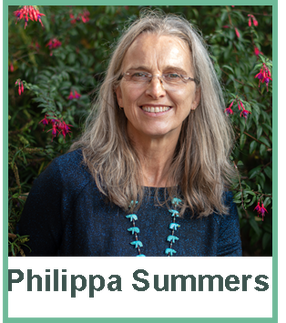 I practise East Asian Medicine (EAM), an umbrella term for many different styles which include my initial training in Traditional Chinese Medicine and 5 element acupuncture with subsequent courses in other styles including Master Tung, Channel Palpation and ear acupuncture, each with their own strengths. Training in TuiNa massage really changed how I work, and it was during that time that I started incorporating more hands on approaches to diagnosis and treatment. Broadly, EAM can be used to focus internally on physiology in a holistic way looking at how the different systems interact and impact on a physical, mental and emotional level. It can also be used to look at the body in a more structural way, focussed on the musculoskeletal skeletal system, but still taking into account the background physiology that nourishes the muscles, bones, tendons, ligaments and joints. My training particularly in fertility and musculoskeletal acupuncture has incorporated more western concepts and diagnostic approaches, but EAM is at the heart of how I work. 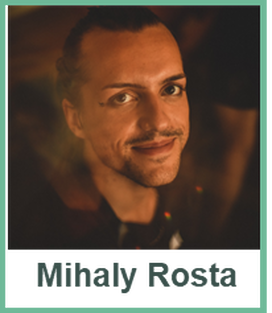 My approach is to deepen and utilise the mind-body connection which is done by bringing my decade long Tai chi and meditation practice into the treatment room. Whether it is acupuncture or martial arts, we always aim to create a good flow in the body and mind, as stagnation or being stuck is seen as the root of suffering. So my treatments are often described as a calming flow between Acupuncture, massage and gentle guidance. Thus working on both the Body, Mind and Energy (QI) of the person. 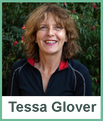 I practice what is known as Dry Needling or Medical Acupuncture (DN/MA). This is an approach used to treat musculoskeletal problems. When I think it may be beneficial to use needling during a massage session I will discuss with the client first and use it in combination with soft tissue work (massage). I will massage the area first to detect where the needles are required and usually leave them in place for 20 minutes or longer if needed. I use DN/MA in approximately 50% of my treatments. I am foremost a massage therapist and I am aware that when people book a massage, that is what they want. I also respect that some clients have a fear of needles although I am happy to say I have introduced DN/MA to a number of clients over the years who have been converted when they feel the benefits of a needle versus my elbow! What kind of clients do you mostly treat? 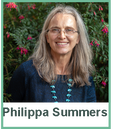 I treat a wide variety of conditions but since qualifying most of my additional training has focussed on four main areas which in turn determines the type of clients I mostly treat:
So, I see a lot of women for gynae issues like painful periods, PMS, menopausal symptoms, through pregnancy right up to the birth and beyond and a very wide range of fertility issues. This may be support conceiving naturally or while going through ART procedures like IVF and FET, often with background diagnoses like endometriosis or PCOS. I also treat a lot of people with headaches, migraines, musculoskeletal conditions like sciatica, back and knee pain, often chronic recurrent conditions. I tend to refer athletes and sporty people with more acute conditions to Tessa. I have built up good peer support and referral networks in the key areas on which I focus and that is so important in getting help with more challenging cases and signposting clients in the right direction if I can’t help them.  Although I see people with a wide range of health complaints, the most frequent conditions that I treat (and have success with) are anxiety, stress, nerve related pain, sinusitis and digestive issues. I am also happy to say that I see a fairly equal amount of man and women (and everyone in-between). I am really happy to see that men reach out and attend to their mental health needs. 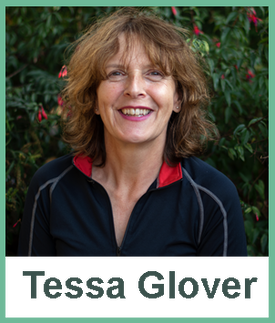 I use DN/MA on all types of clients. From those with migraines or neck/shoulder/back pain to muscle tears. From young semi-professional footballers with injuries to more mature clients to assist with pain relief and rehabilitation from many conditions including Osteoarthrititis and hip/knee replacements. Again I only treat with needles if the client is happy to. What do you enjoy about using acupuncture to work with clients? 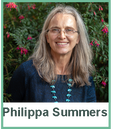 I love how very different we all are and feeling a connection with people. Everyone brings their own personalities, strengths and struggles, and it feels vitally important to get a sense of each person and what treatment means to them in order to treat effectively. That spark of connection is so important whatever people are coming for. There is invariably an emotional element to some degree, sometimes a key focus, sometimes more in the background. Acupuncture with its holistic approach and focus on mind, body and spirit offers a versatile framework. It is so good at helping to achieve a sense of peace in our often hectic city lives, where that reset into more 'rest and digest' is a key element for healing. Whether people come with pain, with mental health struggles, wanting to start or grow a family or for another combination of reasons acupuncture offers a way to assess and address the physical and emotional together, and also to regulate the many complex interactions within our body as a whole. I like that approach, it makes sense to me to treat the body as the unified, interactive, self-regulating system and gently nudge it towards a more healthy balance.  I really enjoy seeing the change that I help to facilitate in my clients. It's amazing how people can leave behind pain and find more comfort within themselves. Love seeing people's attitudes and priorities change about their own health as that is what makes the "healing" sustainable. Oh and I must say that I love treating new things that I perhaps have never seen in person before. It's fascinating to see how the two of us can unravel what is the ongoing behind the labels of disease. 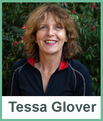 I enjoy seeing the positive results of DN/MA when used on my clients. It also gives me the freedom to multitask if there are a number of areas of the body I need to work on in one treatment. For example I can use needles in the neck and shoulders while using massage on the legs. DN/MA doesn't work for everyone but I've had some amazing results and responses from clients. I used one needle on a hamstring tear in one session and the client had no further pain. My favourite response to the suggestion of using DN/MA being "ooh needles, yeah. I can feel it whooshing through my shoulders, it's fantastic. Love it!" You can book online with Philippa, Mihaly (aka Mike) or Tessa or contact them directly if you would like any further information. NB: Sessions with Philippa or Mihaly begin with a 90minute session to allow for a longer consultation (sometimes on zoom) while with Tessa acupuncture needling is something that is incorporated into her regular sports massage treatments.
WNT founder Jennie Duck reflects on her home birth experience and the factors that made it a positive one, sharing what supported her own experiences and some resources that could support you. My daughter turned one a few weeks ago and I have been reflecting on the moment her joyful little presence wriggled gleefully into our lives. She was born weighing 8lb 10 at 8.10pm on a Saturday night and my overwhelming feeling as I held her in my arms was luckiness. How lucky I was to have a perfect, healthy, alive little baby born just as I hoped - at home with a midwife - and joining her older brother in making their entrances as Ducks with their own minds: both born on the kitchen floor alongside, rather than in, the birthing pool.
That feeling of luckiness was largely due to a fear that haunted my pregnancy of losing our baby, a common feeling, I think, for women who’ve experienced miscarriages as I have. With this pregnancy I felt it as such certainty: surely something would go wrong and a stillbirth was the ultimate point at which this fear would be realised. So, a live and utterly healthy baby was nothing short of a miracle to my nervous system. I am still slightly stunned by it. I had a beautiful (and intense!) birth experience. I was at home in low light and felt safe. I was active throughout, lots of yogic movement and in and out of the birthing pool. I had an experienced and sensitive midwife who struck an ideal balance of letting me get on with it with support on hand when needed. I had my own music playing, my husband around and my son safely upstairs building lego with his uncle. My baby came in a swift 5 hours, contractions were intense from the get go so it was very physical and the second stage of labour was quick, just a few huge pushes (I was ready to rest by that point!). She came out in the bag, it burst as I held her and because we were at home we just transferred to the sofa and set about skin to skin snuggles with no need to go anywhere for the week to come. It could have been so different - two days before that I had a scan that caused the consultant at the hospital to suggest I had a caesarean section because they thought the baby was so big. At the ‘geriatric’ age of 41 I had agreed to this late 41-week scan to check the placenta was still in good condition. I’d asked not to be notified about the weight as I know my mental preparation would suffer a blow if I were told it was a large baby, but because they were concerned it got flagged up and it did indeed instil fear in me that I was getting ready to birth a whopper. That it should all end so positively is down to a number of things and these things are part of what makes me feel so lucky. I know many women are not so lucky and I hope by sharing some of the things that made my experience so positive someone might find support in these avenues too. The fact that they helped me cope with the turn of events that had me considering an unnecessary caesarean epitomises why these things are so precious to have. Lucky thing number 1: A wonderful midwife and midwifery team that I got to know and who got to know me. I live in Scotland so was with the Ayrshire and Arran home birthing team, but my first child was born in West Norwood with an equally excellent homebirth team connected to Kings. This meant I had all my appointments at home and I got to know each of the team over the course of my pregnancy. The team knew my history, my mindset, my physical health, my family and my home environment. My own midwife was so keen to be at my baby’s birth that she said she would come even if she wasn’t working. It was personal and supportive and it meant that when I came out of the scan appointment where the hospital midwife and consultant didn’t know me, my midwife was able to reassure me that my body was growing a baby appropriately sized to my capacity, that my mental and physical preparation were good and that a home birth could still be my first choice. She was so right (and here’s one for physical touch and palpation over technology): my baby was 8lb 10 rather than the 11lb the scan had suggested. Moreover, I had no painkillers, interventions and no ‘exit wounds’ from the birth, only some muscular soreness from the effort and intensity. Lucky thing number 2: The support of a hypnobirthing expert and bodyworkers and the financial capacity to pay for it. I am sad that these are a privilege to women because they are so powerful and helpful. For hypnobirthing there are free and cheaper resources out there which I encourage you to use – guided meditations, books, relaxation exercises and some of the resources listed below are all really helpful. But the one-to-one support I had was incredibly valuable to me, especially as I began to prepare for the possibility of birthing an 11lb baby! Hypnobirthing works using hypnosis and deep relaxation to help shift limiting beliefs and doubt in the subconscious so it can help you prepare deeply and, for me, helped me trust my body’s implicit wisdom and capabilities. I also had some acupuncture – privately from pre-conception and throughout pregnancy and then, amazingly our local midwifery team were trained in ‘cervical ripening’ at the later stage so I had this and some foot massage from my midwives! Full body massage was also invaluable in helping my body prepare, relax and for the physical strain of late pregnancy. Lucky thing number 3: My own education and understanding of bodies, birth, mind-body interplay and a decision to tune out what wouldn’t help Of course, as a bodyworker and the owner of a complementary health business I live in a world where things like ‘mind-body interplay’ are ongoing considerations – so this lucky thing is partly due to my personal interests and life trajectory. It also means I am in an environment where I know people who will suggest things to me like reading Ina May Gaskin who opened the door to homebirth for me and gave me the confidence to start down that road. It also meant that things like peroneal massage were a no-brainer and I prioritised the relaxation side of yoga, using yoga nidra (see below) a lot and ensuring any strength building involved lots of breath work too. I realise many people are not in this world and the jump to homebirth or some of these approaches might be bigger than for me, but the fundamental point is that my interest in what was happening and going to happen in my body and focus on working with that played an ENORMOUS part in my having the positive birth experience that I had. It doesn’t need specialist knowledge or even interest, more an attitude of tuning in and listening to what your body and baby need and then (this is the hard part) acting on that, even if it means (as it did for me) cocooning yourself for several weeks and potentially offending some people. I believe empowering myself with knowledge, techniques and boundaries made all the difference. Lucky thing number 4: The emphatic support and trust of my partner This is a big one for home birth because you have to believe that it is the right choice for you and your baby. If your partner would feel safer in a hospital then this can impact your ability to fully relax into being at home, you might absorb their anxiety. My partner read Ina May Gaskin too and learned to trust that I knew my body. It was better with the second – with my first home birth he let his absolute honesty interfere! When I wanted him to tell me it was going to be ok he said “I’m sorry I just don’t know that” so I pushed him away and asked the midwife to tell me instead, which she duly did😊 The second time he knew that I just needed to hear his belief in my capacity and he was more ready for this. And here are my key learnings that helped me have a positive birth:
Resources: Ina May Gaskin – any of her books! Birth Matters is a great starter. Guide to Childbirth another helpful one and Spiritual Midwifery if you are already a bit down the road with home birth / open to more esoteric reading Kristin Hayward Hypnobirthing – Kristin is based in Herne Hill and also offers sessions online. She does sessions with couples and individuals and is so lovely, encouraging and an expert in her field Katherine Graves is another big name in hypnobirthing and has a book that might be helpful if you aren’t able to have one to one sessions Yoga Nidra and Uma Dinsmore-Tuli – Uma is the queen of yoga nidra (yogic sleep / deep relaxation) and this wonderful resource features lots of free (or payment by donation) yoga nidra sessions and some good birth preparation exercises (see the shop – yoga for birth or pregnancy)- I used a lot of this during my labour, it was wonderful 😊 https://www.yoganidranetwork.org/ Acupuncture – Philippa is our fertility, pregnancy and birth prep specialist at WNT and if I’d been in London I would have seen her regularly as I did with my first child (also a positive home birth) Massage – Erika has lovely hands and has worked on a lot of pregnant bodies, she would be able to help with aches and pains and provide a gently nourishing space in late pregnancy and also post-natal recovery period (which in my experience is over a year long…!) Reflexology – Laura offers this other approach to fertility and pregnancy support which is an equally effective alternative to acupuncture – I recommend choosing based on your preferences and what you are drawn to WNT founder Jennie Duck shares some thoughts around how light impacts our environment and what that means as we embrace the transition of autumn. My husband and I play a game in our house: I come into a room and turn the lights on, he comes in and turns them off. He is driven by environmental concerns, an aversion to waste and the cost of electricity. My drive is simpler and more visceral: happiness.
Light makes me happy. Different lights make me feel different types of happiness - a misty morning with the sun breaking through fills me with optimism and ideas for the day or an urge to take photographs of the beauty it shows up. Late afternoon light is more peaceful than the morning and speaks of socialising more than doing - beer gardens, barbeques or tea and cake depending on my age and stage. Soft lighting makes me feels safe, cosy, reflective, nourished. A bright kitchen light makes me want to put music on and engage with my family, while a darker room makes me feel like retreating and dampens my energy. I love the role that lighting plays in a therapeutic setting. My friend used to talk of 'entering the womb' when she came for a massage and I believe that plays no small part in the nourishing effect of a session at WNT or another thoughtfully lit treatment space. You are invited to slow down, to stop and retreat for a while. This entering into such a space reminds me of Autumn, a time of transition from long, bright, energetic days to short, dimmer, more slothful days – getting ready to enter the womblike winter where so much of the world around us is curling up to sleep. How does this transition sit with you? Are you like me and derive some of your inner spark from the light around you? Or are you more ambivalent about the role light has on your inner world? How do you adapt around this time of year? For me this time of year needs a conscious shift, a letting go and starting to prepare for hunkering down. In our home it means adjusting the lights we use in each room to make it cosy rather than bright, getting some candles out and replacing the bulbs in my salt lamps. We will also start to light the fire soon, which in our house is our primary heating source, and that brings with it extra cosiness and a particular type of restorative, wholesome, vital light and warmth. And pretty soon my husband and I will start a new game with the boost button on the central heating… Massage therapist Erika Zettervall has embarked upon an experiment: can running help with depression? In this inspiring blog she shares her journey so far and some helpful resources for anyone interested in exploring whether running might be a good option for yourself in improving mental wellbeing. I have taken up running again, this time conducted as a little experiment to see how - or if - it affects my state of mind. Bluntly put, I’d like to see if it works to combat depression. My state of mind has been a bit low and dull, feeling uninspired and finding it hard to make decisions as well as difficulty concentrating. Perhaps that’s normal sign of ageing or symptomatic of my lifestyle with increased screen time and social media indulgence. According to psychiatrist Anders Hanson, running 30-45 minutes 3 times a week at 70% effort for at least 6 weeks would create changes in the brain that help with depression. My understanding is that there is a substance produced in the hippocampus and cerebral cortex in the brain called BDNF (Brain Derived Neurotrophic Factor) that protects, repairs and stimulates new brain cells. Having low levels of this substance is associated with depression. Medication increases these levels as does exercise. I have taken antidepressants in the past and found them helpful to some extent but not really making much difference long term and at this point it doesn’t feel necessary to seek them out. So, after finding a book on my bookshelf in the great unread section by Dr Anders Hansen writing about the benefits exercise in general, and running in particular, has on the brain as well as hearing him speak on Rangan Chatterjee’s podcast, Feel Better Live More, episode 38, I decided to give it a go. A simple explanation for these benefits is that our biology is still more in line with being a hunter gatherer and not suited for the abundant, convenient world we now live in. Shorter sessions of 20-30 minutes would also make improvements in the functions of the brain such as memory and creativity. The plan is to work up to the 45min sessions and keep it up for 6 weeks and see how I feel and then keep going with three times a week 30-45min sessions. It sounds a realistic and doable plan to have and curious to see how this will take me through the winter. No doubt shorter days and harsher weather will be a bit of challenge. Luckily, I have always liked running when I’m fit enough and I enjoy the striding movement. It’s a nice way to explore an area be it park, wood or neighbourhood. It is also a very accessible and simple way to exercise. No need for fancy memberships, class schedules or expensive equipment. Just put shoes on and go. I like the freedom of that. I am now 4 weeks in and it is a joy. Perhaps it’s the lovely, mild autumnal weather that brings a pep to my step. Starting out being in general good health and having a comfortable walking gait has been helpful (don’t run before you can walk as the saying goes) in having making it very pain free so far. Not focusing on speed or distance makes it very carefree. The first two weeks I went for 20-30 min sessions and this last week increased it to 45 min a couple of times.
As to how my mind is: Feeling a lot more inspired than I did a couple of weeks ago, but if that is down to the actual running or to setting and following a plan it’s hard to say. Having an intention with what you do, whatever it is, is also one of these things in life that can shift the mood.
|
AuthorBlogs from the WNT team. For our blogs from before June 2020 please see individual profile pages - it's a good way to get to know practitioners too. Archives
June 2024
Categories
All
|
|
Visit us - by appointment only please - in the office block in the Access Self Storage premises at 443 Norwood Road, London, SE27 9DQ
[email protected] Phone - please contact practitioners directly, or if not in a rush you can leave a message for us to call you back at 07931876931. |



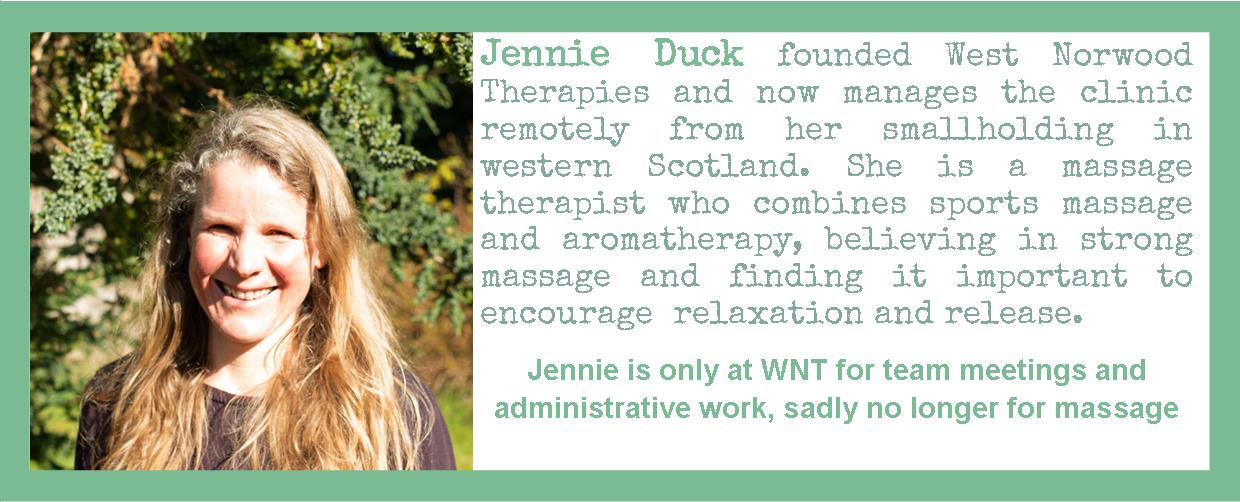
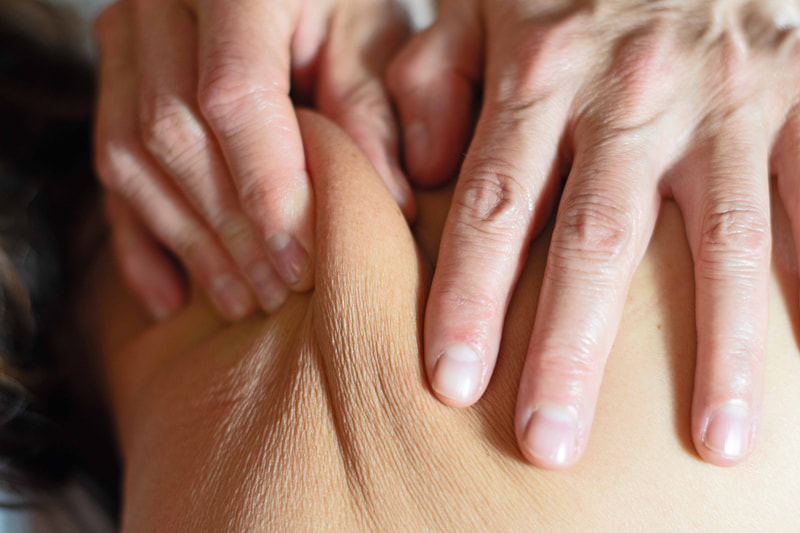
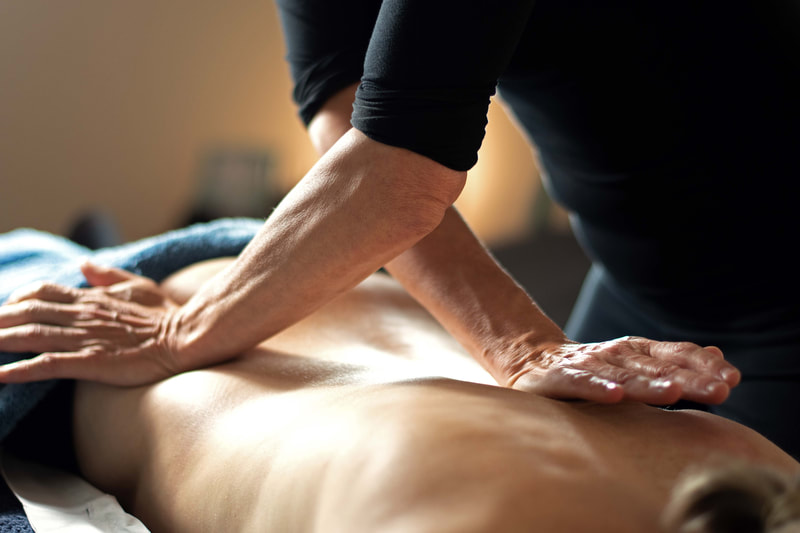
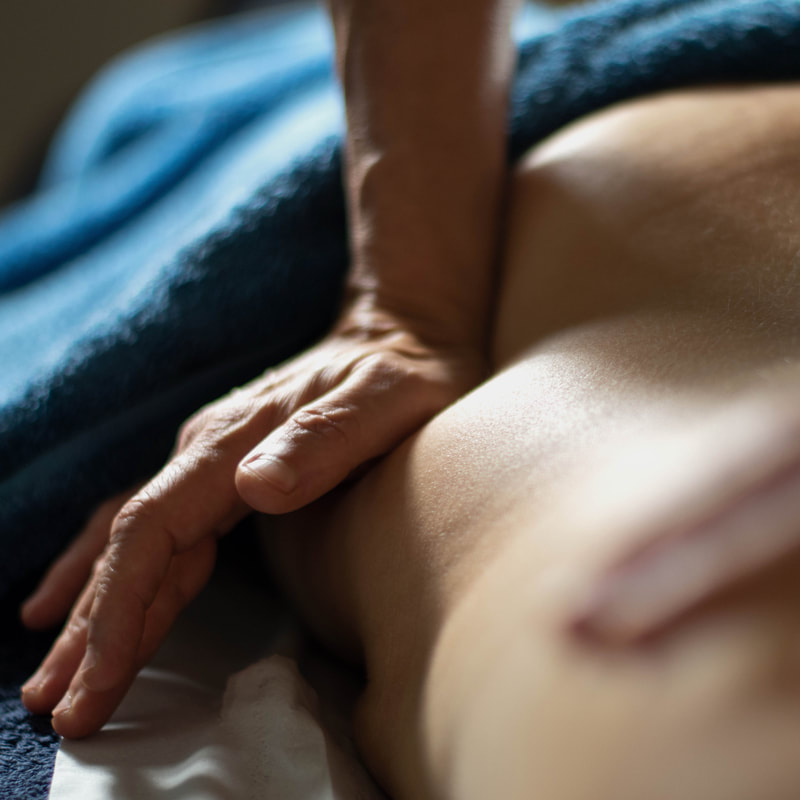
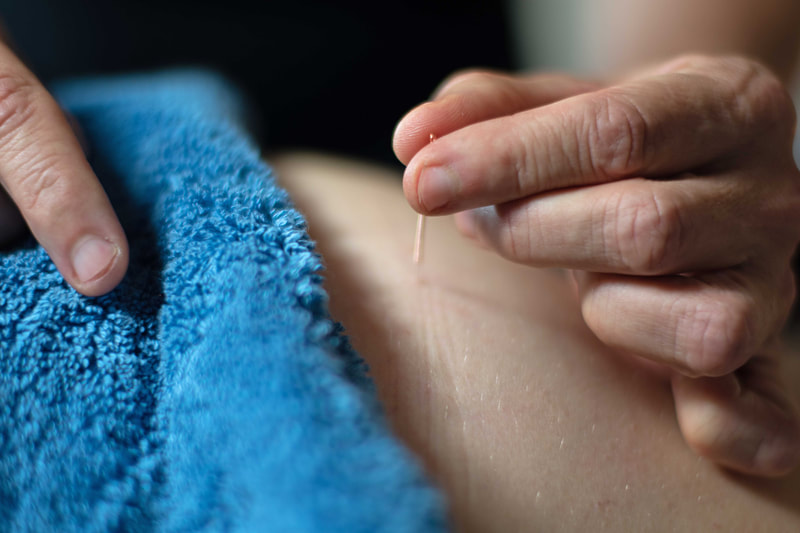
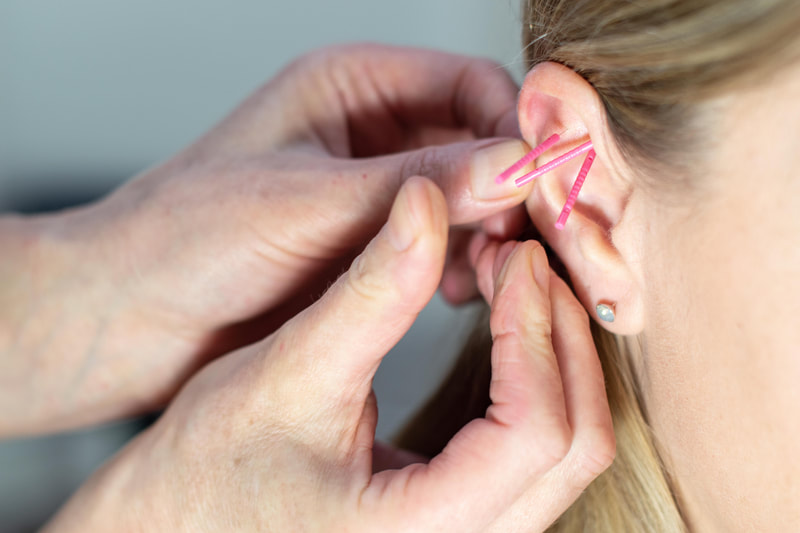
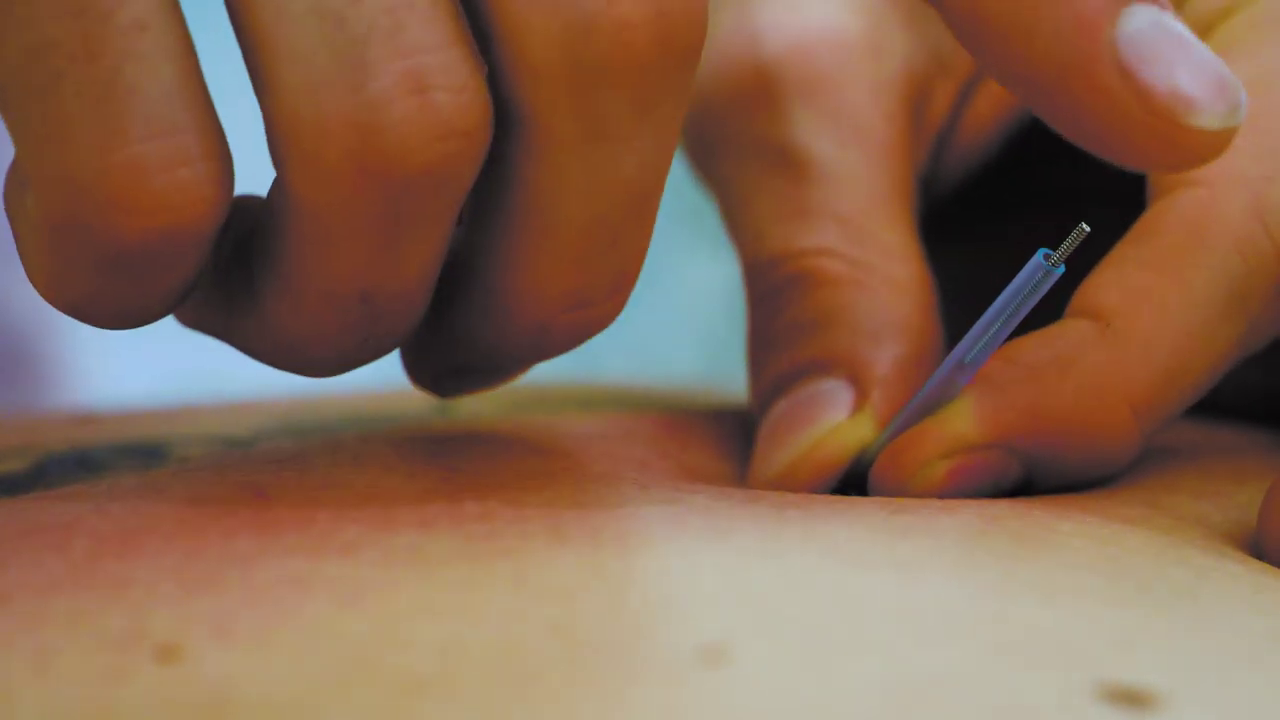
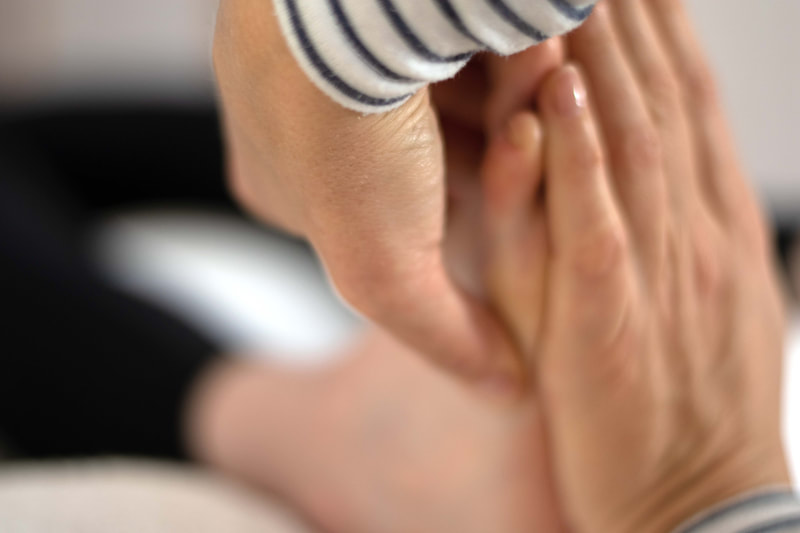
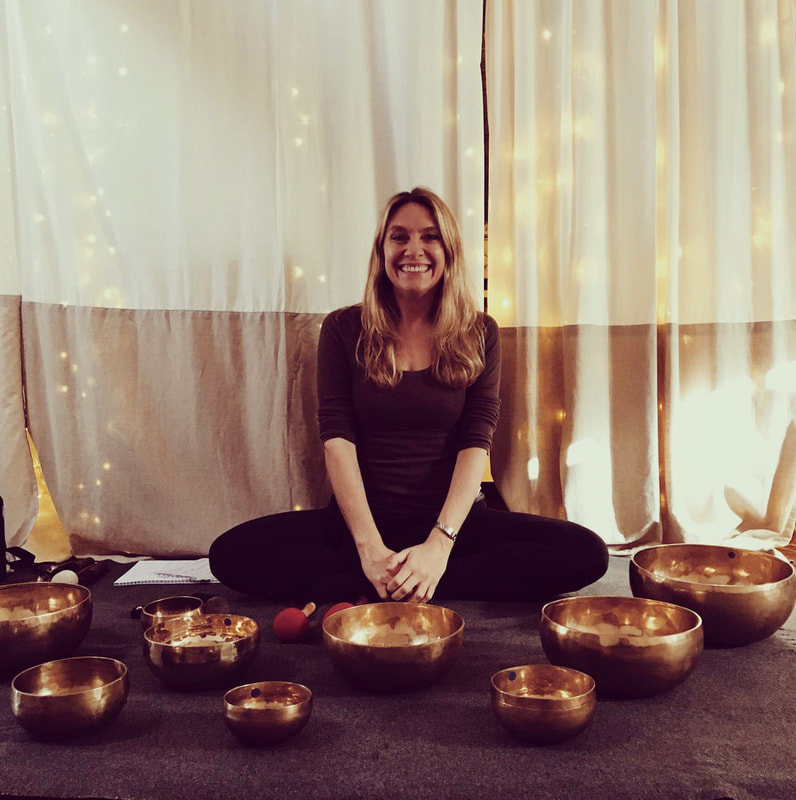
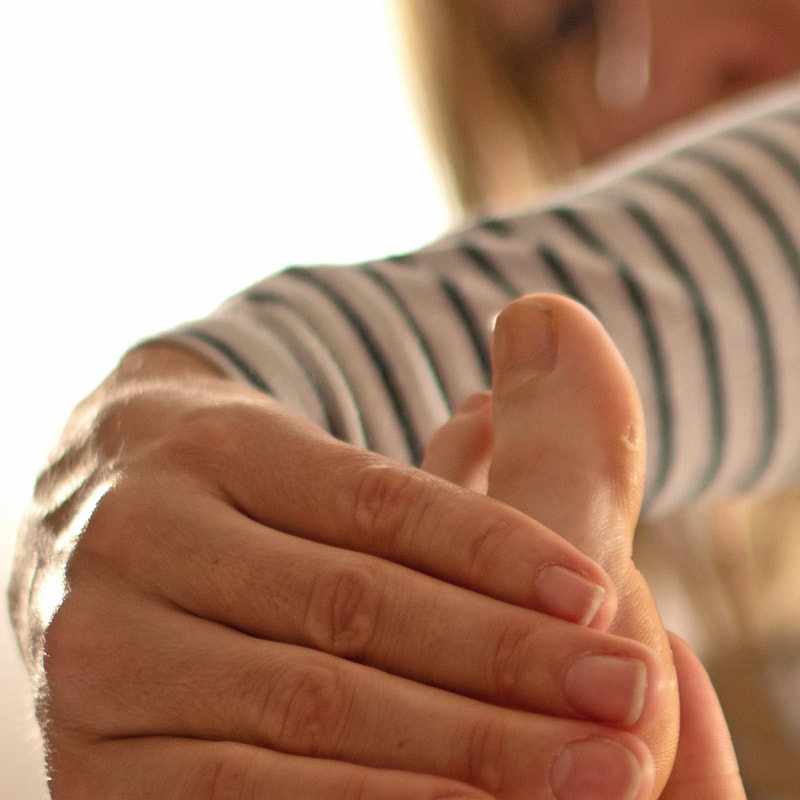
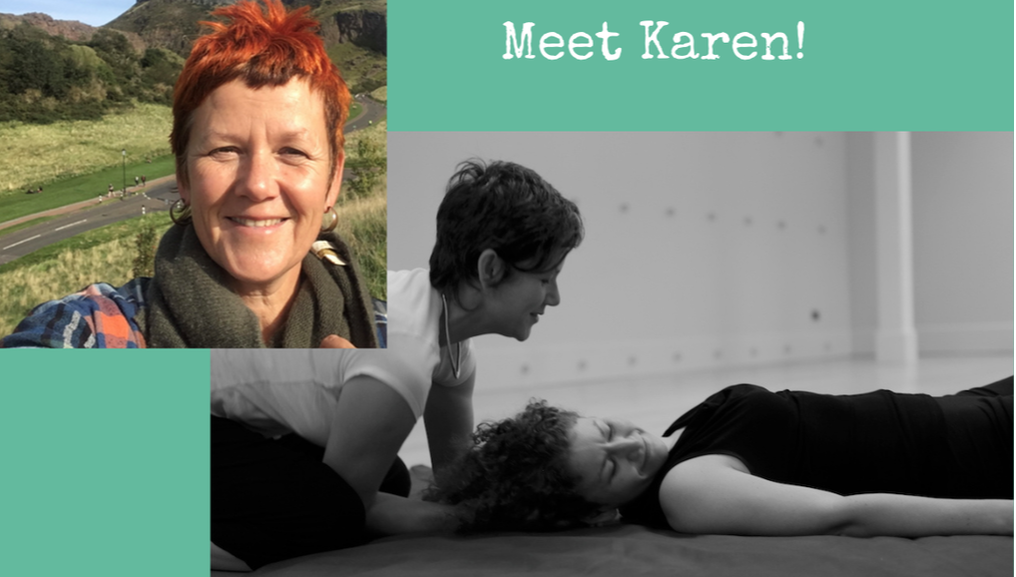
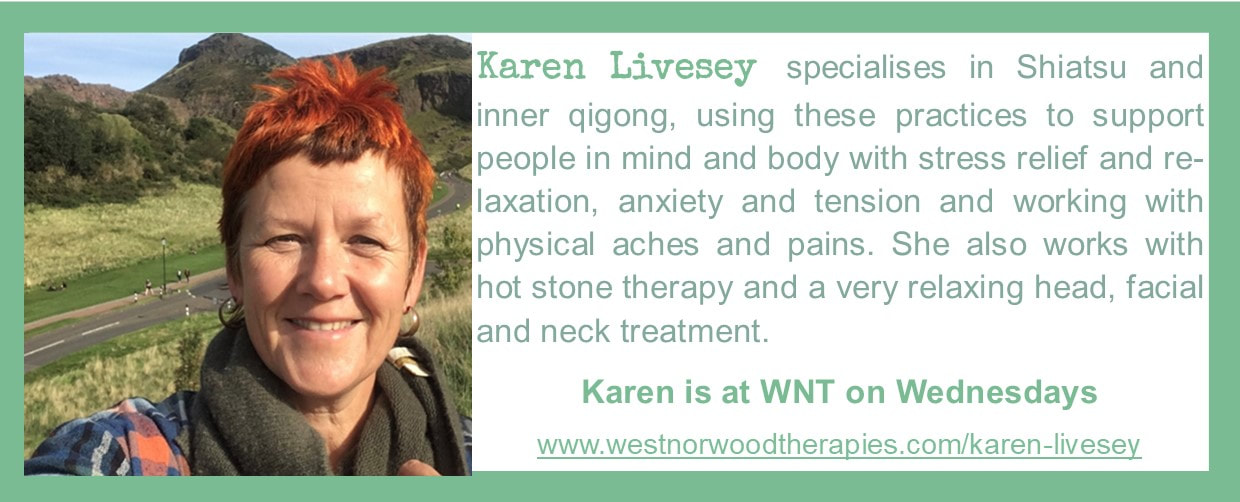
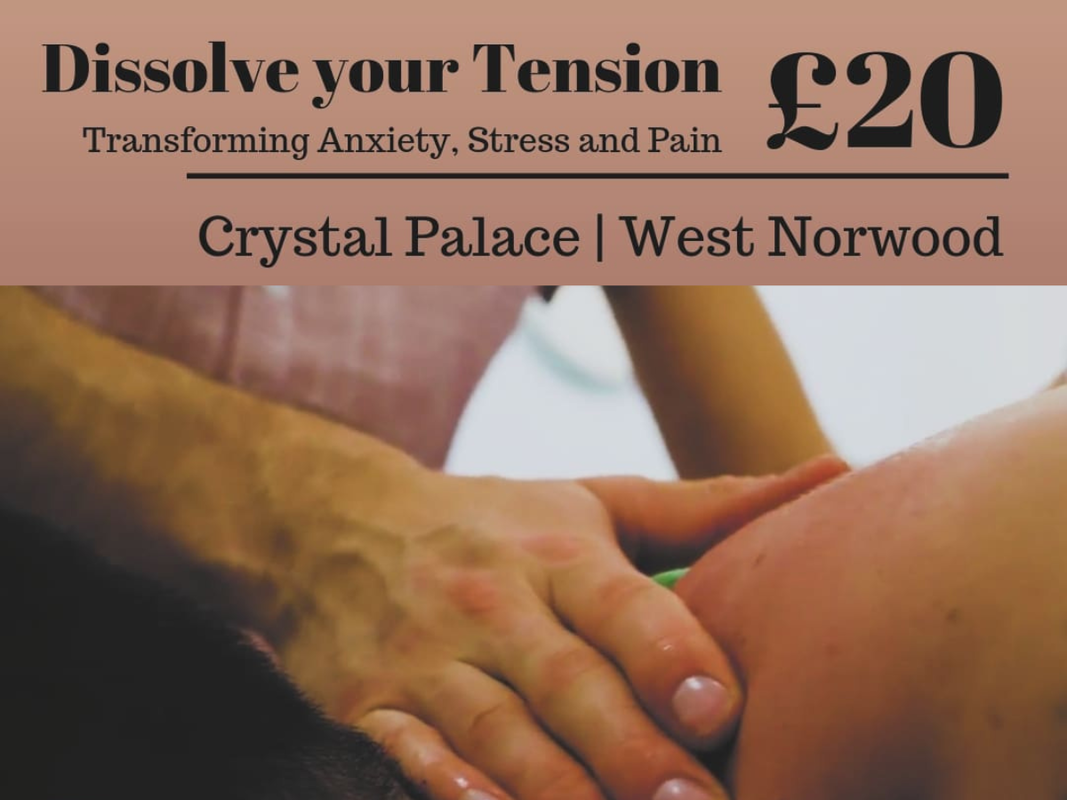
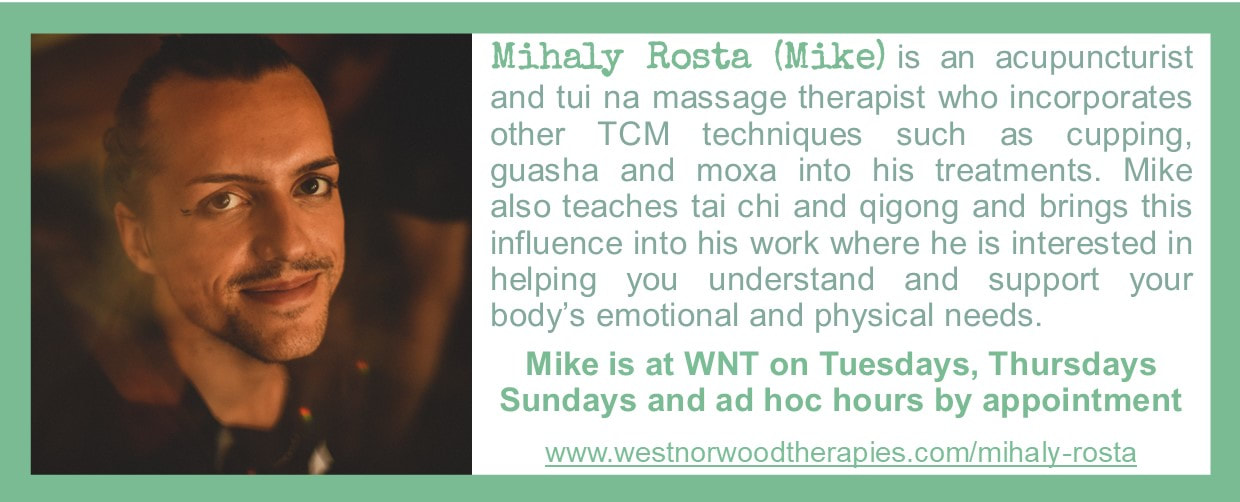
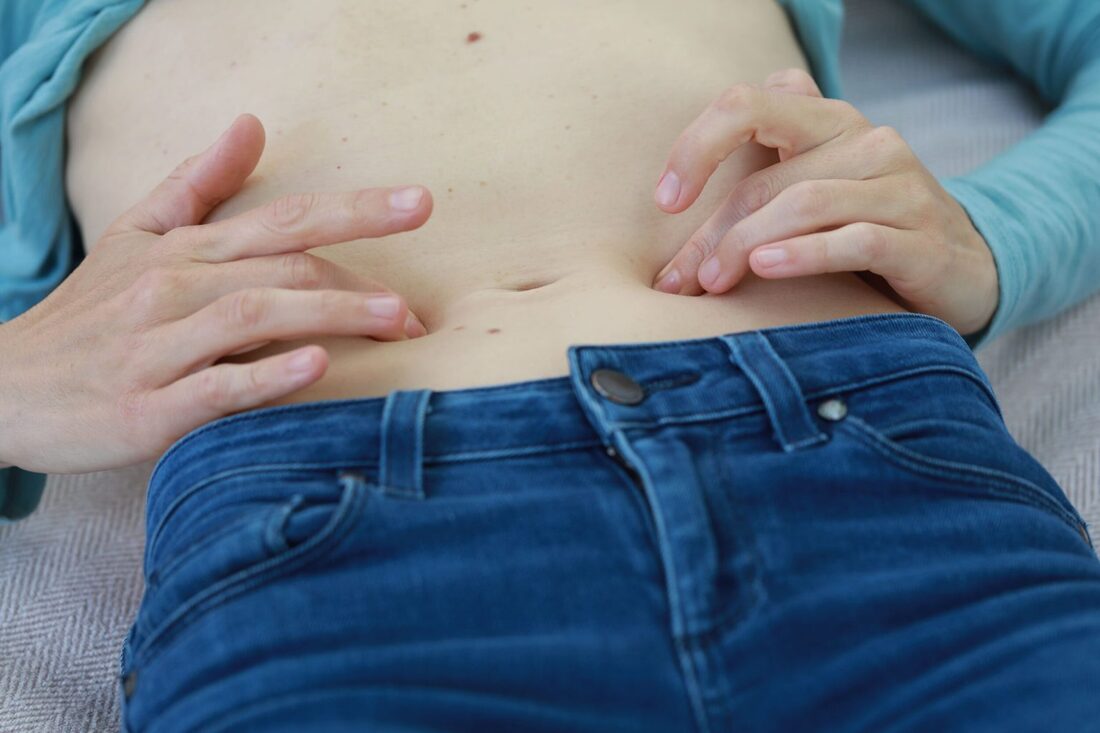
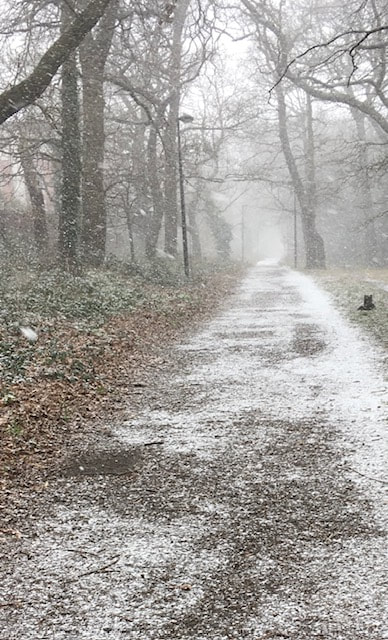
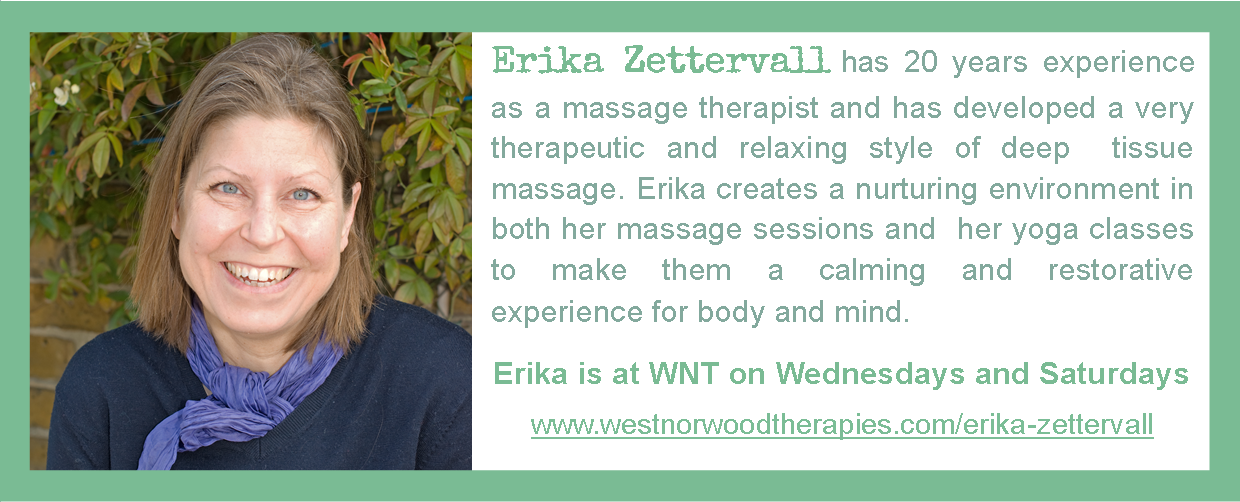
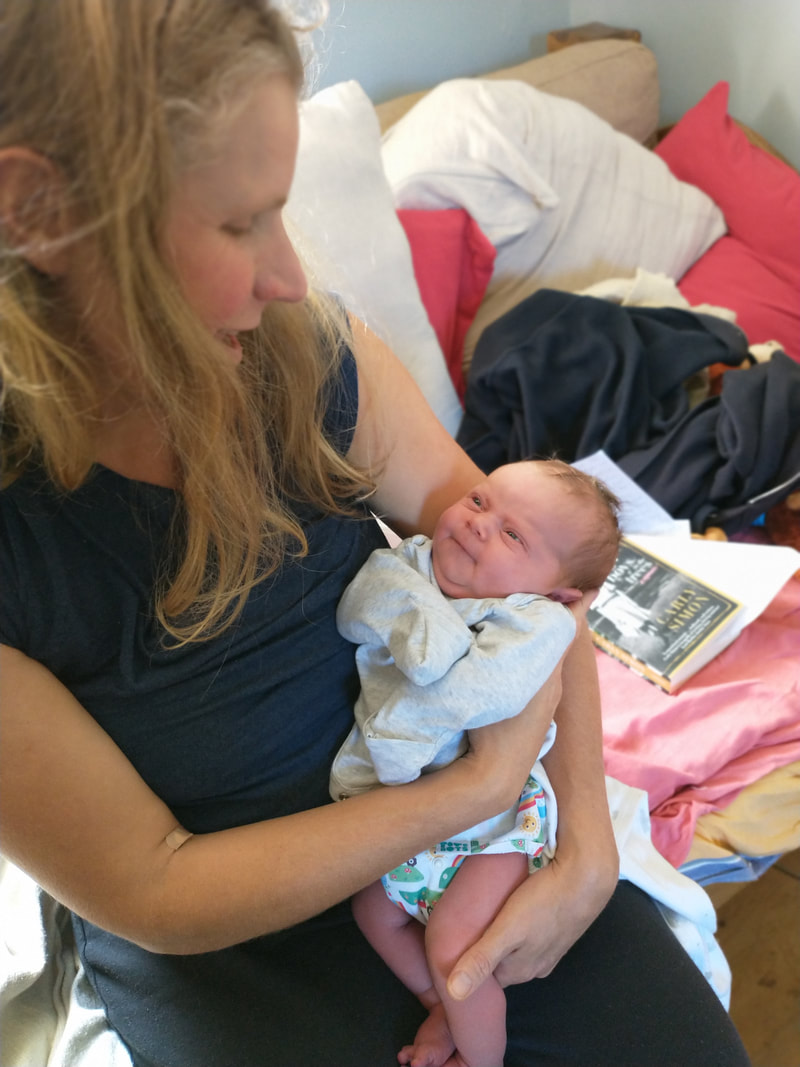
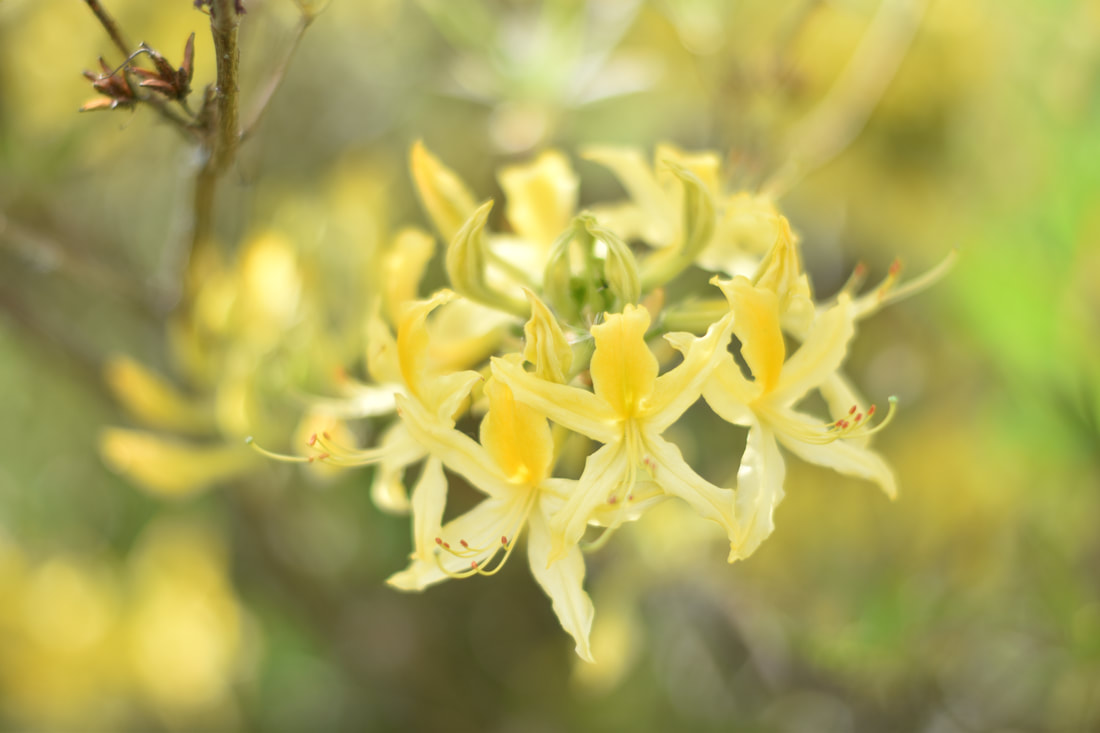
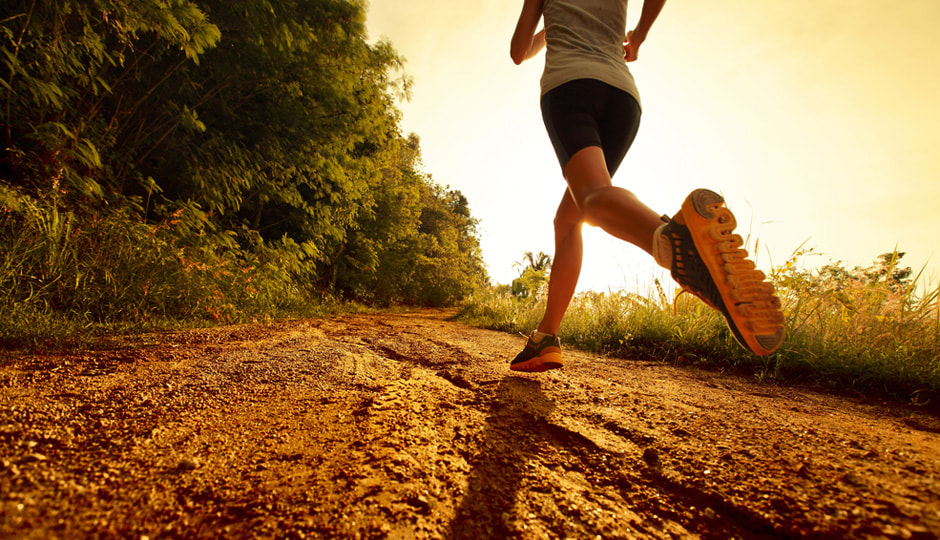
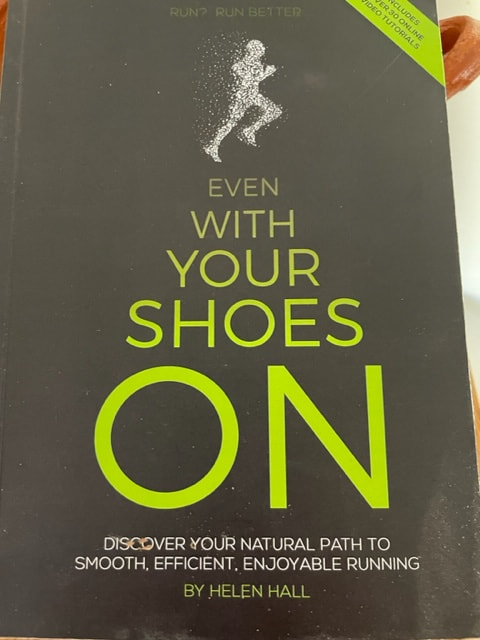
 RSS Feed
RSS Feed
